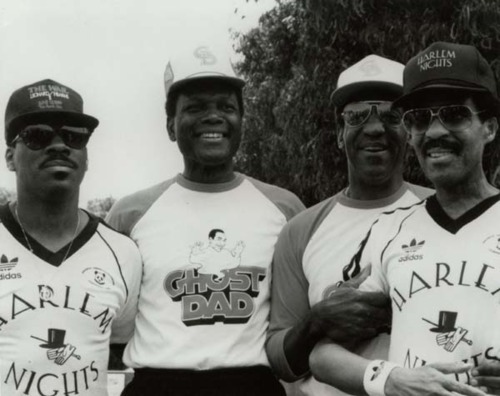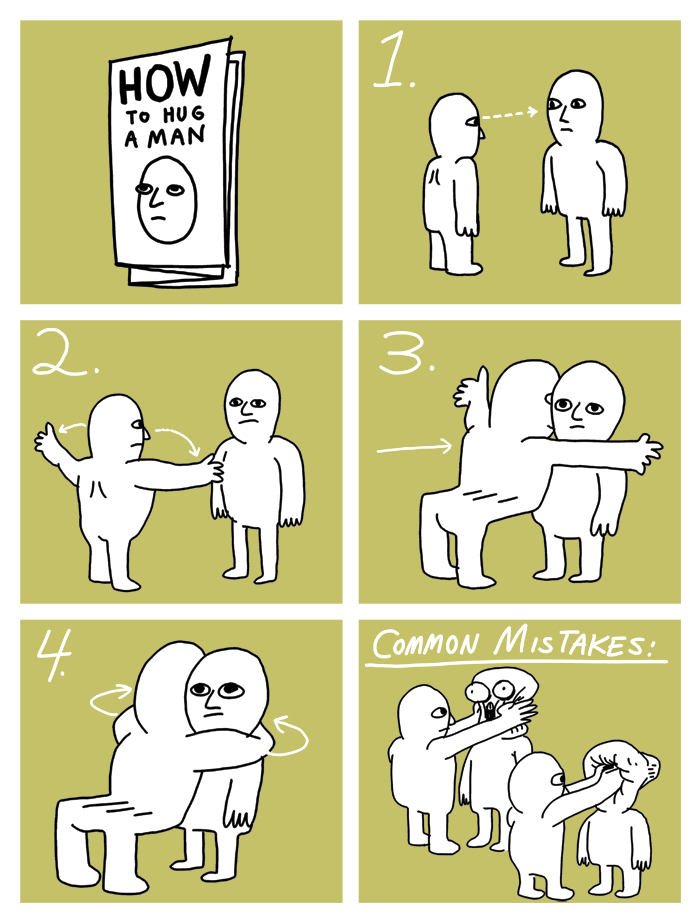With the huge success of Facebook, Twitter and LinkedIn, and more recent upstarts like Instagram and Pinterest, it's easy to assume that new social technologies are a sure bet.
But for Social Technologies to succeed, they must be easy to use, easy to join, leverage the power of numbers, and do something better than the tools they seek to displace.
How well do these not so successful social technologies hold up to those criteria?
Top 10 Failed Social Technologies
Tuesday, January 29, 2013
Social Storytelling: Social + Narrative
Effective Social Storytelling combines both these elements: There is a social component: The voices of others are invited and included. There is also still a narrative. Social tools do not require the end of organized thought. The 'social conversation' can be curated and presented in a way that follows the best traditions of narrative structure, with a progression from beginning to end and elements of character and plot development (who is this about, why do we care?).
With that in mind, take a look at a few select examples of how students used social tools like Twitter and YouTube to 'capture' the Dream It, Do It event as it unfolded, and then composed compelling narratives using TUMBLR and STORIFY to organize those social posts in an effective story.
TUMBLR to capture the event
Cassidy Sargent
TUMBLR in a different way, using the event as inspiration but personalizing the message with 'original' content elements
Mike Ross
STORIFY to capture the event
Setareh Alizadeh
Evan Flanagan
Incorporating the personality of the 'curator', incorporating humor into the aggregation/curation.
Aaron Hahn
With that in mind, take a look at a few select examples of how students used social tools like Twitter and YouTube to 'capture' the Dream It, Do It event as it unfolded, and then composed compelling narratives using TUMBLR and STORIFY to organize those social posts in an effective story.
TUMBLR to capture the event
Cassidy Sargent
TUMBLR in a different way, using the event as inspiration but personalizing the message with 'original' content elements
Mike Ross
STORIFY to capture the event
Setareh Alizadeh
Evan Flanagan
Incorporating the personality of the 'curator', incorporating humor into the aggregation/curation.
Aaron Hahn
Monday, January 28, 2013
Don't Mess with Musicians: United Breaks Guitars
Traditionally powerful companies can easily underestimate the potential consequences to their own businesses from the power shift enabled by today's Social Technologies.
One of the most vivid examples is the story of Dave Carroll, a pop-folk musician toiling without any particular reknown until a now-infamous incident while traveling on United Airlines on march 31, 2008.
While transferring flights in Chicago during a journey from Halifax, Canada to Omaha, Nebraska Carroll heard a woman behind him yell that baggage handlers were 'throwing guitars'. The band members watched horrified as they recognized their instruments being tossed about by the airline's bag handlers. Among the instruments was Carroll's $3,500 Taylor guitar. When he finally got his guitar back, its base was smashed.
What followed was a run-around from the arline that countless individual customers have experienced at the hands of large corporations. The difference was Social Media.
When Carroll finally despaired of getting a positive response from the airline, he decided to make three songs instead, and post them to YouTube.
That first video cost him $150 to make. It was posted on July 6, 2009 and the results were immediate.
Within 24 hours had over 50,000 views. After repeated refusals by United to pay for the guitar repairs, suddenly the airline called offering to pay the $1,200 in repairs and give Carroll more than $1000 in flight vouchers.
In less than a month, the video had received more than 4 million views on YouTube and more than 19,000 comments had been posted to the video.
The incident was a public relations disaster for United, and the song title "United Breaks Guitars" hung like an albatross around the company's PR neck for years to come. By the start of 2013, the video had been played more than 12 million times.
One of the most vivid examples is the story of Dave Carroll, a pop-folk musician toiling without any particular reknown until a now-infamous incident while traveling on United Airlines on march 31, 2008.
While transferring flights in Chicago during a journey from Halifax, Canada to Omaha, Nebraska Carroll heard a woman behind him yell that baggage handlers were 'throwing guitars'. The band members watched horrified as they recognized their instruments being tossed about by the airline's bag handlers. Among the instruments was Carroll's $3,500 Taylor guitar. When he finally got his guitar back, its base was smashed.
What followed was a run-around from the arline that countless individual customers have experienced at the hands of large corporations. The difference was Social Media.
When Carroll finally despaired of getting a positive response from the airline, he decided to make three songs instead, and post them to YouTube.
That first video cost him $150 to make. It was posted on July 6, 2009 and the results were immediate.
Within 24 hours had over 50,000 views. After repeated refusals by United to pay for the guitar repairs, suddenly the airline called offering to pay the $1,200 in repairs and give Carroll more than $1000 in flight vouchers.
In less than a month, the video had received more than 4 million views on YouTube and more than 19,000 comments had been posted to the video.
The incident was a public relations disaster for United, and the song title "United Breaks Guitars" hung like an albatross around the company's PR neck for years to come. By the start of 2013, the video had been played more than 12 million times.
Jet Blue: Being Human in Social
Companies can damage themselves by behaving inhumanely toward their customers. They can also use social media to behave 'socially,' and turn potential PR disasters into opportunities to create better relations with their customers.
The airline JetBlue faced just such a potential PR disaster after an incident on February 14, 2007 caused about 1,000 flight cancellations within a five-day period, stranding many customers on the Valentine's holiday travel. Case study: Jet Blue
In a bold move, the company's CEO created a very personal apology message and posted it on YouTube in which he took responsibility for the incident, and also pledged a retroactive "Customer Bill of Rights."
The CEO's approach drew praise from The Church of the Customer Blog and was well-received by customers. Jet Blue turned what could have been a PR disaster into an opportunity to connect honestly with its customers.
The airline JetBlue faced just such a potential PR disaster after an incident on February 14, 2007 caused about 1,000 flight cancellations within a five-day period, stranding many customers on the Valentine's holiday travel. Case study: Jet Blue
In a bold move, the company's CEO created a very personal apology message and posted it on YouTube in which he took responsibility for the incident, and also pledged a retroactive "Customer Bill of Rights."
The CEO's approach drew praise from The Church of the Customer Blog and was well-received by customers. Jet Blue turned what could have been a PR disaster into an opportunity to connect honestly with its customers.
Wednesday, January 23, 2013
Ex 2 & Syllabus updated!
The Exercise #2 assignment, due Jan 29, has been updated to reflect that the Shirky reading is Chapter 3 (rather than Chapter 2, which you've already read!)
The Syllabus has been updated to shift to listing the Class Readings by chapter rather than by page numbers, to avoid any confusion for those of you who have purchased eBook versions, since page numbers expand/collapse in e-editions based on font size choice :)
Regards,
Prof M
The Syllabus has been updated to shift to listing the Class Readings by chapter rather than by page numbers, to avoid any confusion for those of you who have purchased eBook versions, since page numbers expand/collapse in e-editions based on font size choice :)
Regards,
Prof M
Tuesday, January 22, 2013
Tuesday, January 8, 2013
Social Tech Storytelling Tools: TUMBLR
Tumblr is a micro-blogging platform that enables easy combining of text, images and video; it also makes it easy for multiple users to contribute content to a topic or thread, where the content 'tumbles'...
One of many Ryan Gosling 'Hey Girl' TUMBLR threads, this one for runners:
http://heyrunnergirl.tumblr.com/

Another example of a TUMBLR blog: Awesome people hanging out together


And one more, I Love Charts, a TUMBLR blog devoted to all kinds of charts:


And here's an example of how a storyteller can combine content types (text, images, video) in a TUMBLR blog. This is my TUMBL blog of the KGW -TV Hood to Coast Relay team, posted in real time as we ran from Mt. Hood to the Oregon Coast:

One of many Ryan Gosling 'Hey Girl' TUMBLR threads, this one for runners:
http://heyrunnergirl.tumblr.com/

Another example of a TUMBLR blog: Awesome people hanging out together


And one more, I Love Charts, a TUMBLR blog devoted to all kinds of charts:


And here's an example of how a storyteller can combine content types (text, images, video) in a TUMBLR blog. This is my TUMBL blog of the KGW -TV Hood to Coast Relay team, posted in real time as we ran from Mt. Hood to the Oregon Coast:
Subscribe to:
Posts (Atom)